Light lives in El Risco de San Juan
The luminosity of the colourful houses in El Risco de San Juan and other hillsides around Las Palmas de Gran Canaria has an almost hypnotic effect.
Sometimes, the waves drag forgotten treasure to the coast to twinkle on the shore although this is not what is happening here. The colourful houses of El Risco de San Juan began to emerge in the 17th century, as on other hillsides around Las Palmas de Gran Canaria, once the city had begun to spread its wings to the future, from its core in Vegueta and around the Cathedral of Santa Ana.
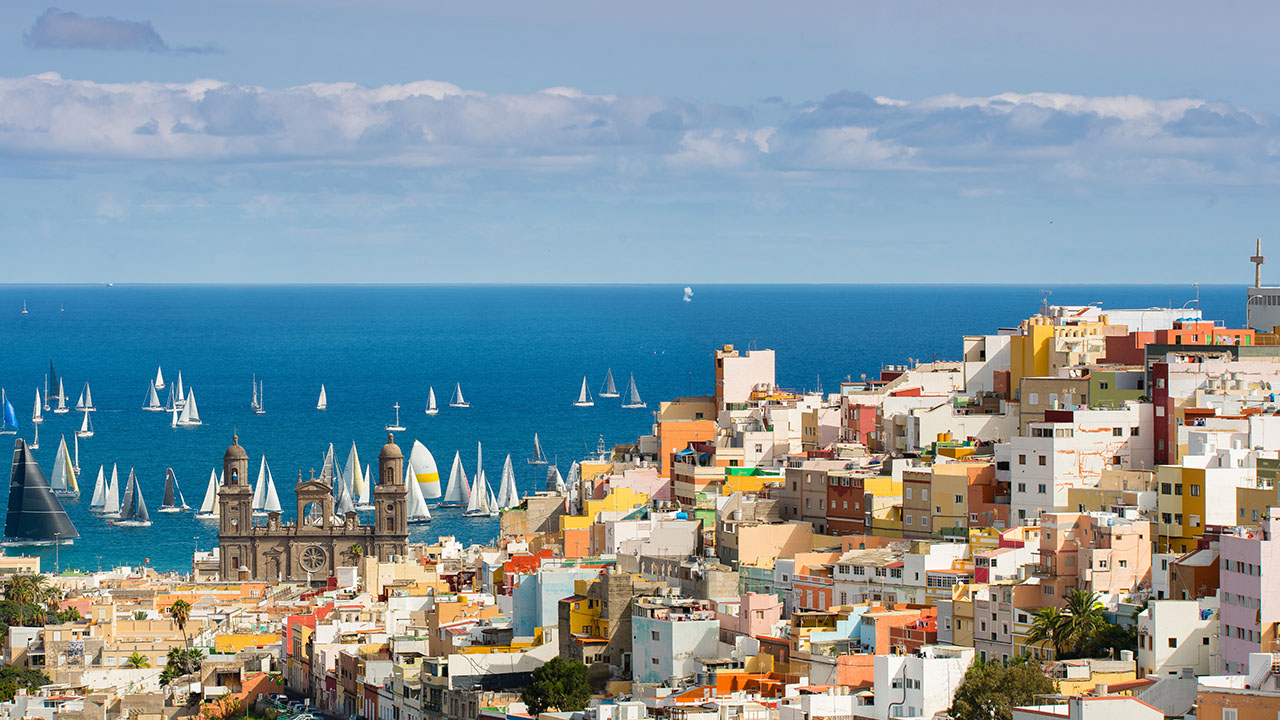
Several centuries later, the neighbourhood continues to bathe in the dawn light, gradually dimming as the sun sets in the west. The final rays strafe around twenty houses at first, then barely ten, and finally, five, four, three, two, one and then none at all, until the neighbourhood is left in its own shadows.
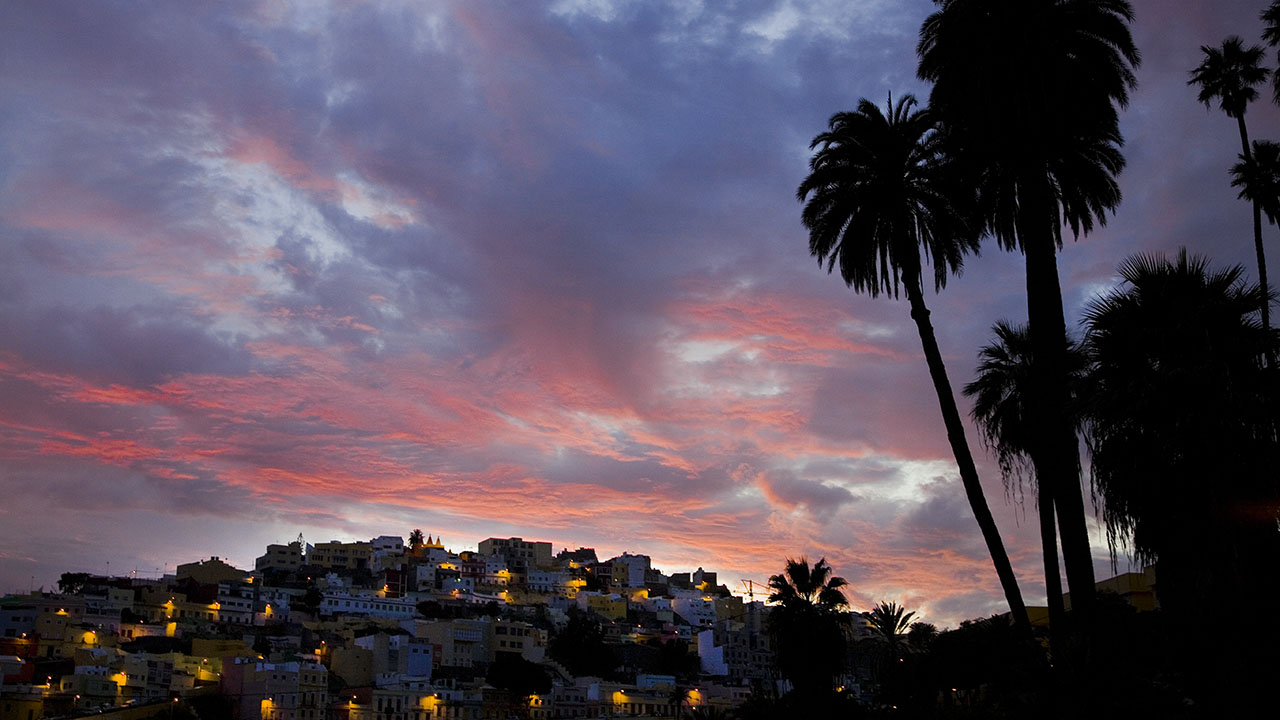
The sunrise and sunset rituals in Las Palmas de Gran Canaria would not be complete without the San Juan, San Roque or San Nicolás crags, some of the most photographed spots in our Atlantic capital. These neighbourhoods have always had this hypnotic effect. The painter Jorge Oramas, one of the most relevant avant-garde painters in the Canary Islands, immortalised its light in the 1930s from his room in the former St Martin’s Hospital.
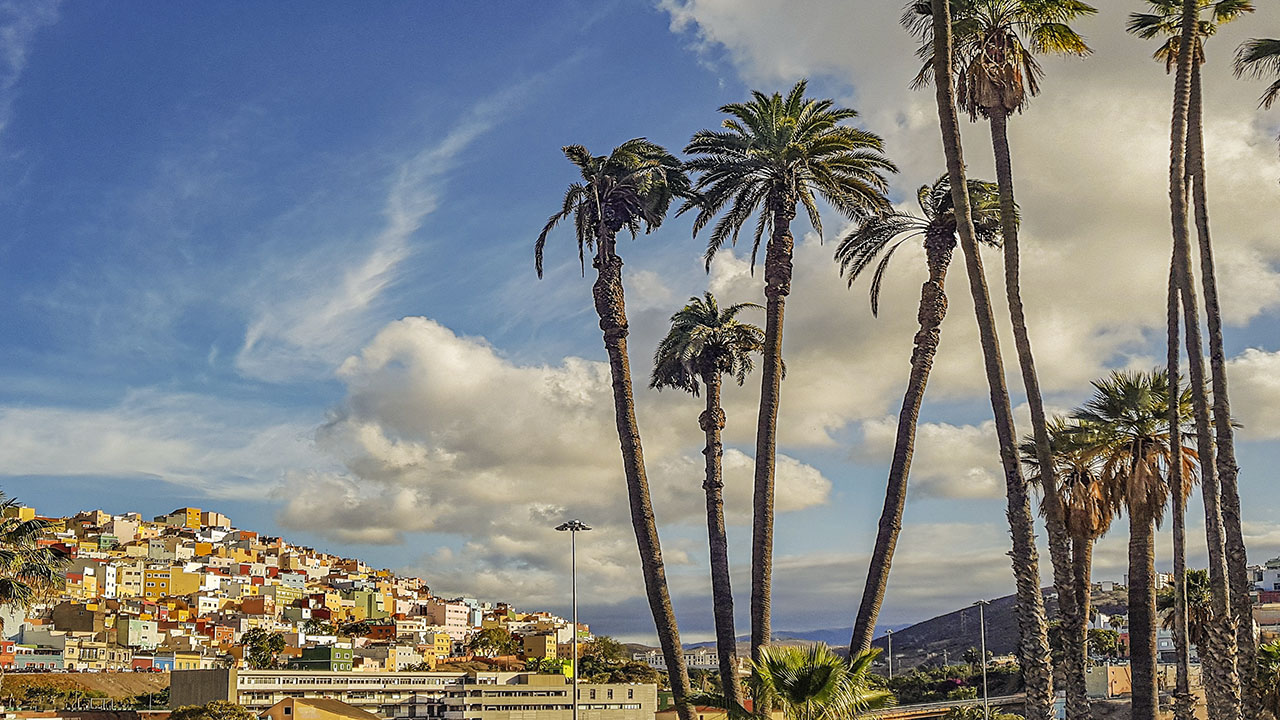
There something in the sea-faring origin of the neighbourhoods that cling to the crags of Las Palmas de Gran Canaria. Their colours match the local fishing boats, as leftover paint was used on the house fronts. Sailors’ families took to the slopes to look out to sea, trying to make out the ships where their loved ones were enlisted.
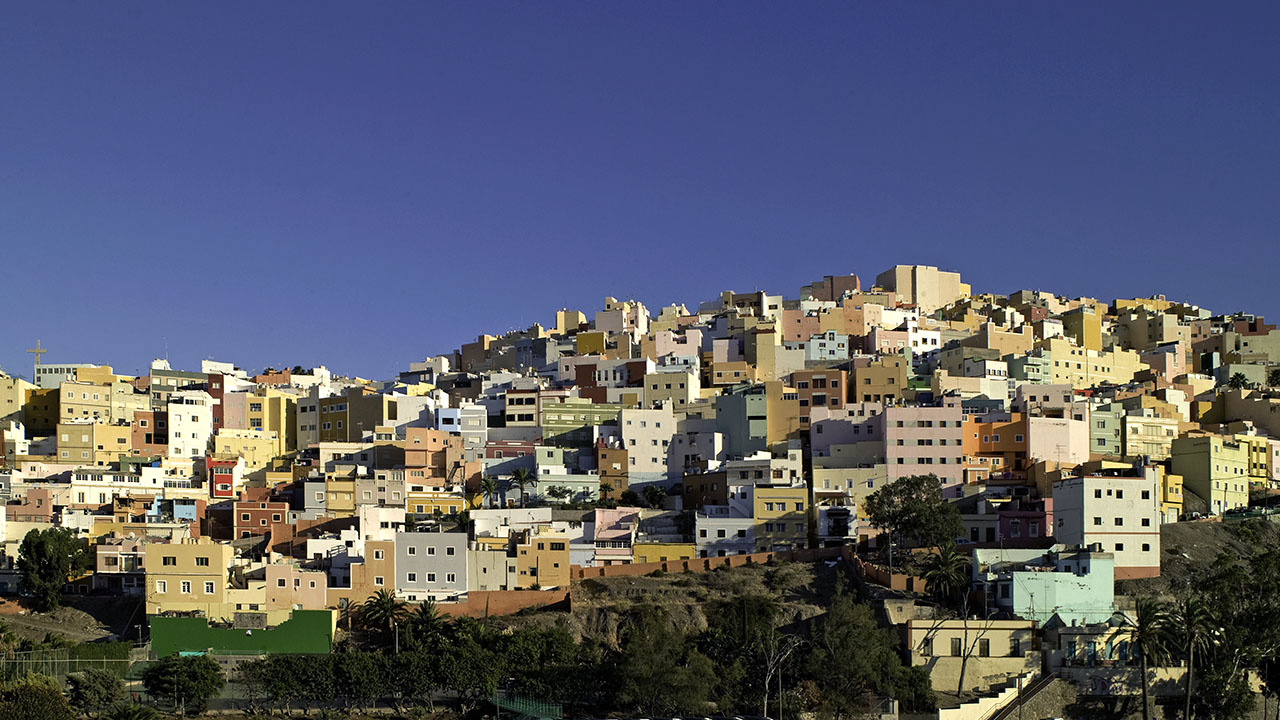
El Risco de San Juan is a universe of interwoven streets, lanes and inhabitants that ebb and flow like the tides, passageways used as communal patios, flowerpots hung on the outer walls to light up an intimate, subtle beauty, that joins the festival of light on its daily journey through the streets. The mosaic is completed with palm trees whose roots intertwine with house foundations, also forming part of the neighbourhood community.
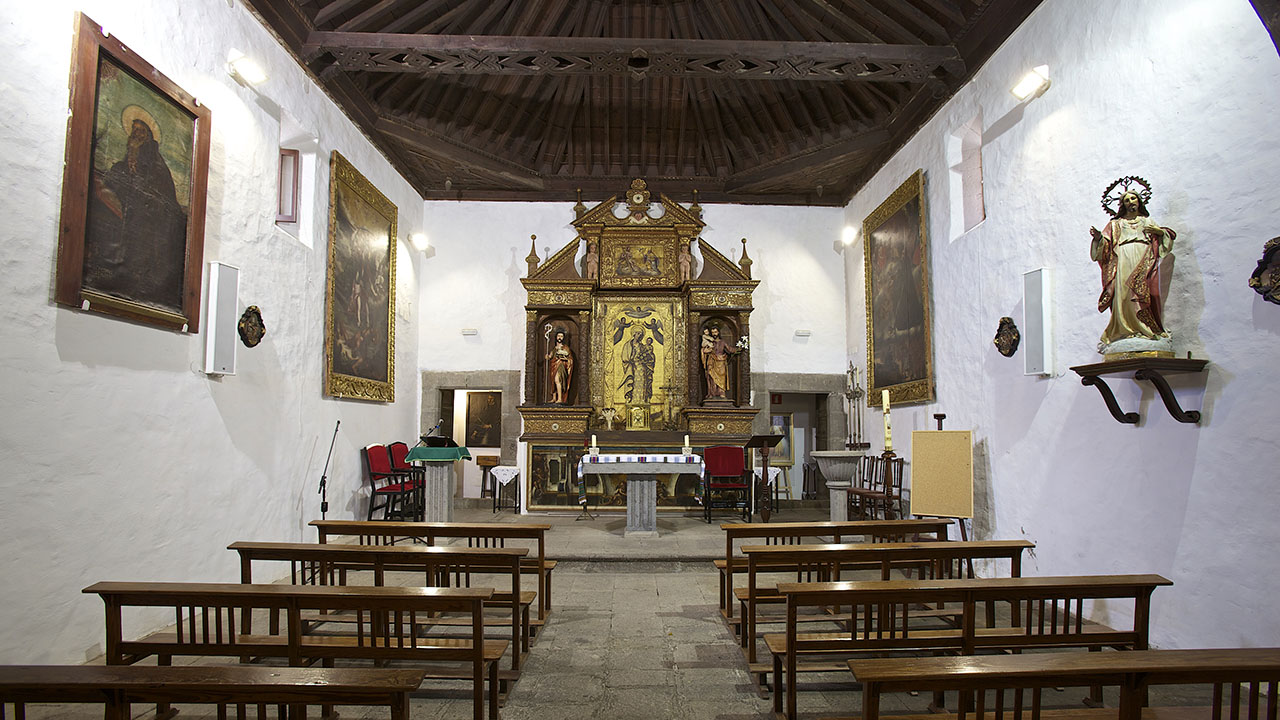
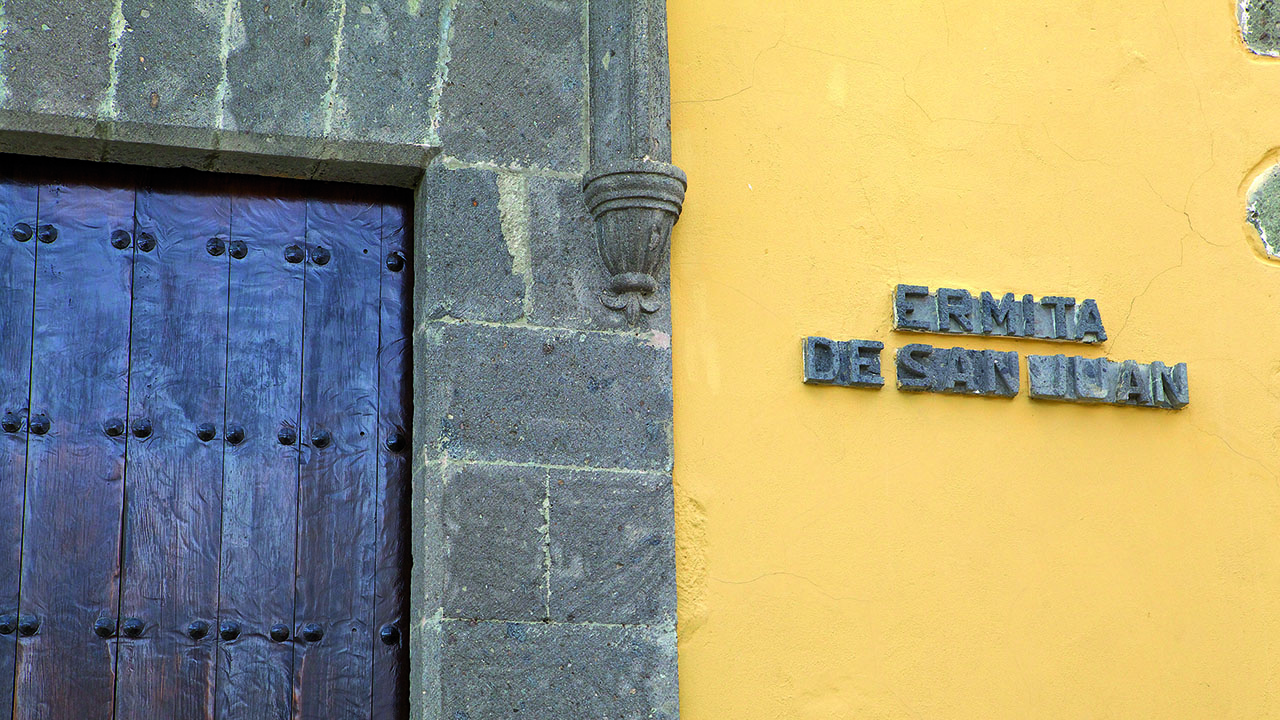
St John’s hermitage, dating from 1662, is a simple structure, in light tones with a single nave, topped off by the bell wall with two bells. Inside, it houses the major altarpiece featuring the Virgen de la Antigua, a work by Pedro de Camprobín who adored the colour range of flowers and still life, so he will probably have been fascinated by the play of colours of the city’s crags.
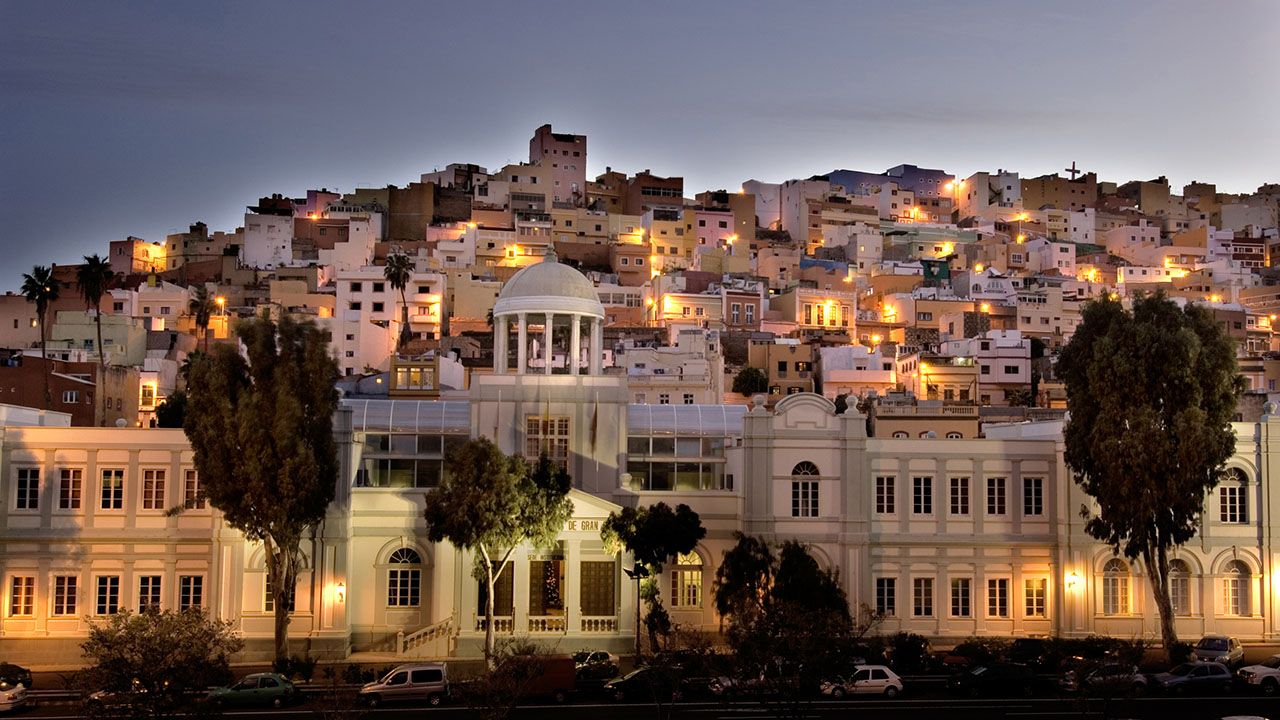
Lower down, viewed at some distance, from the other side of the Guiniguada ravine that separates the Triana and Vegueta neighbourhoods, the Auditorium of the University of Las Palmas de Gran Canaria shines like a beached whale. Things are not always as they seem on these twinkling crags where life bustles and the sun switches the city’s night-light on and off.

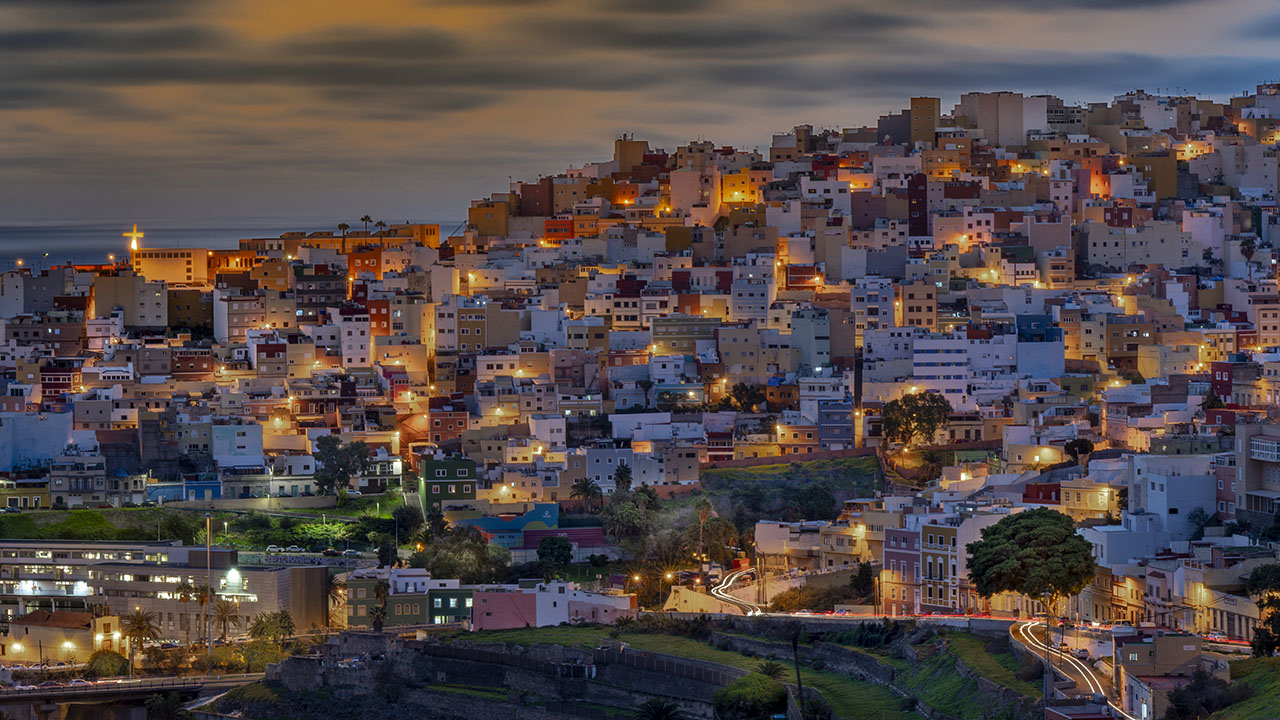
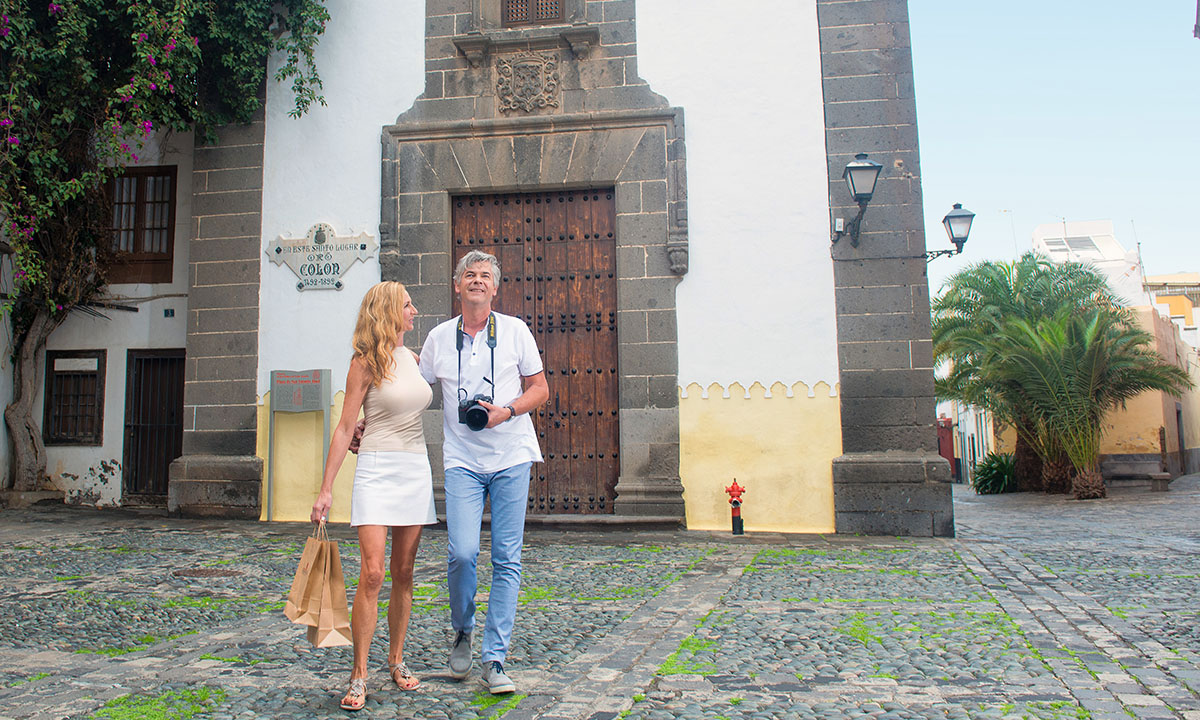
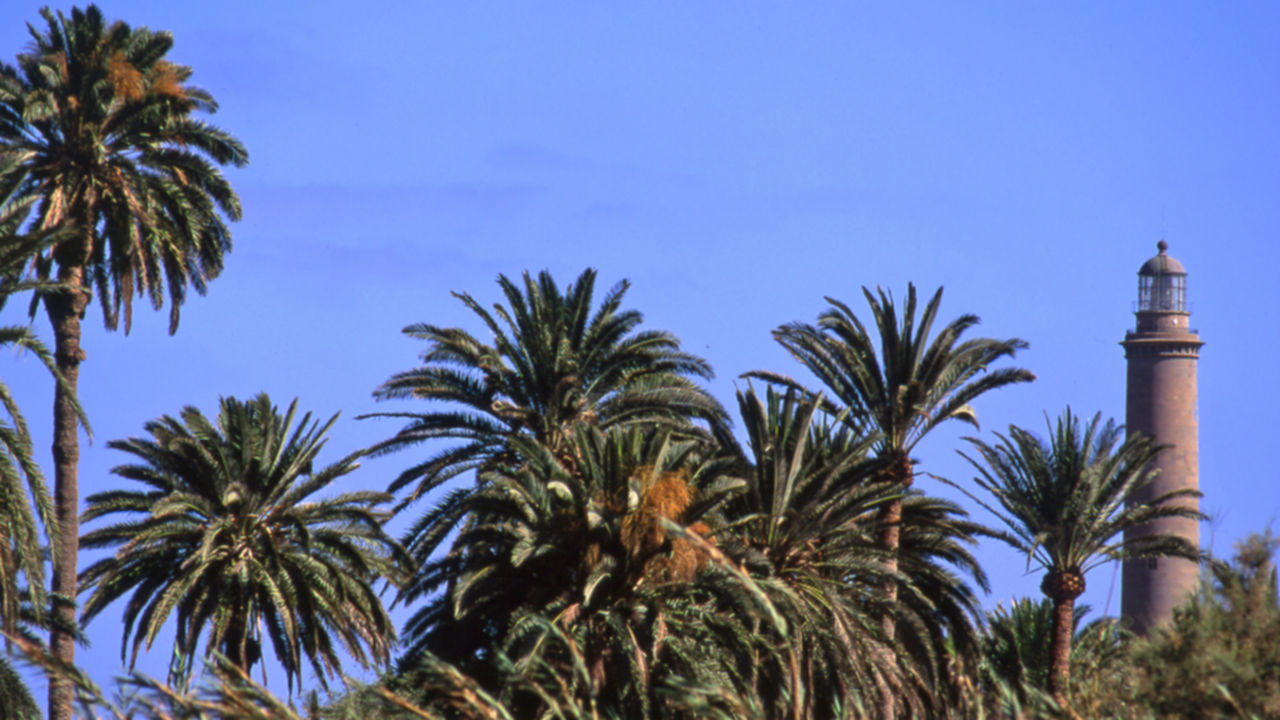
Comments are disabled for this post.